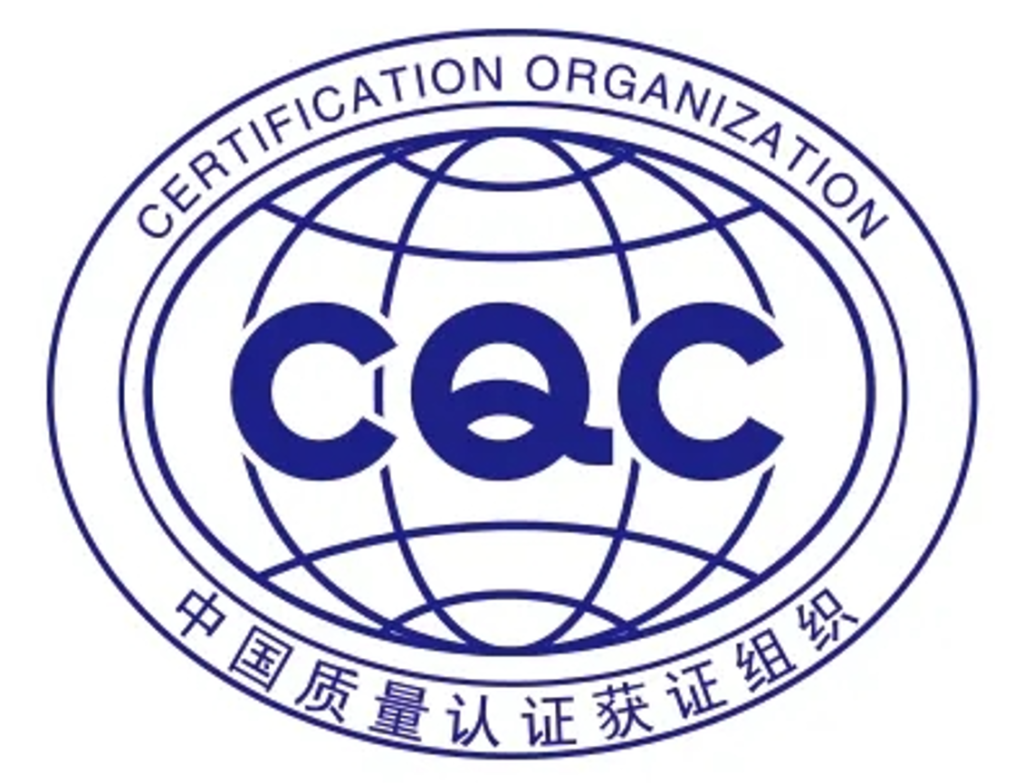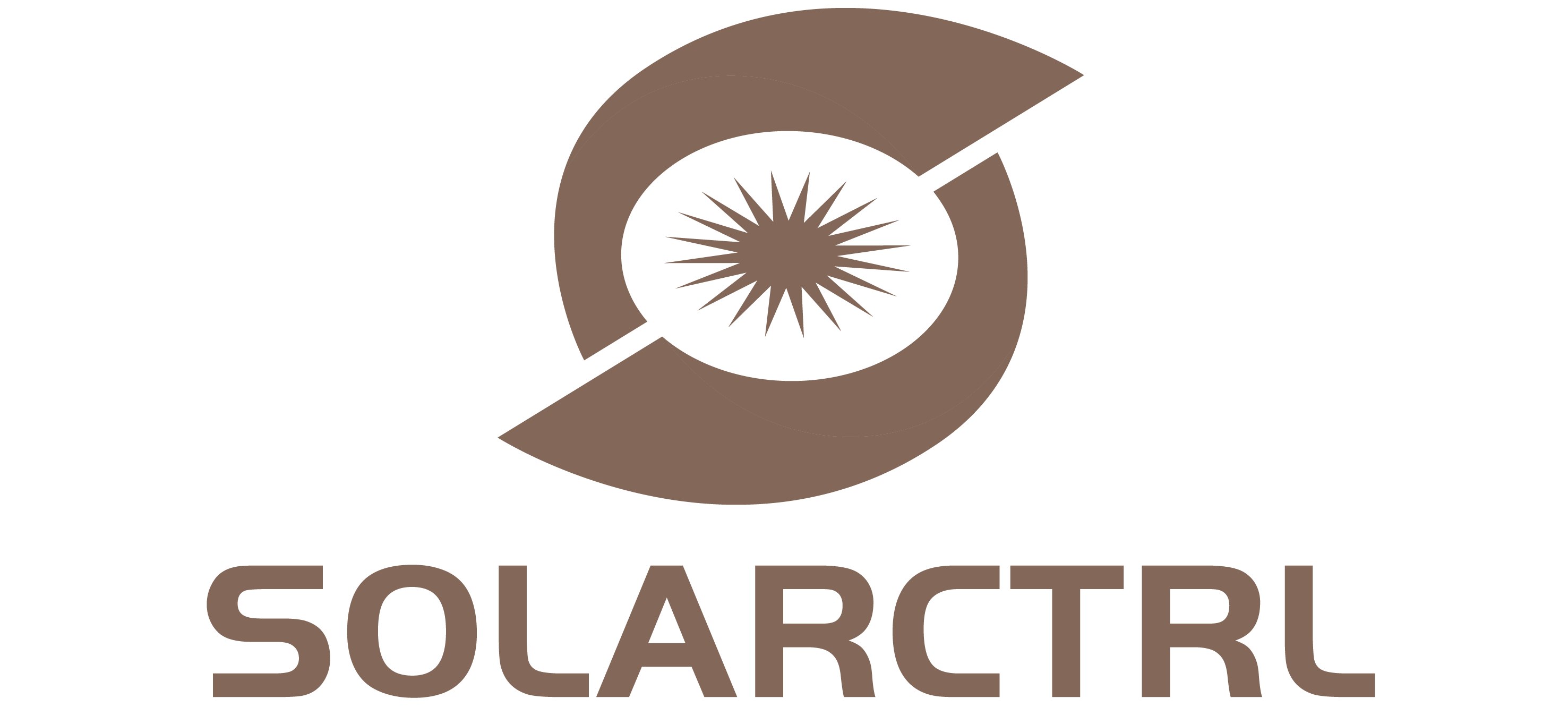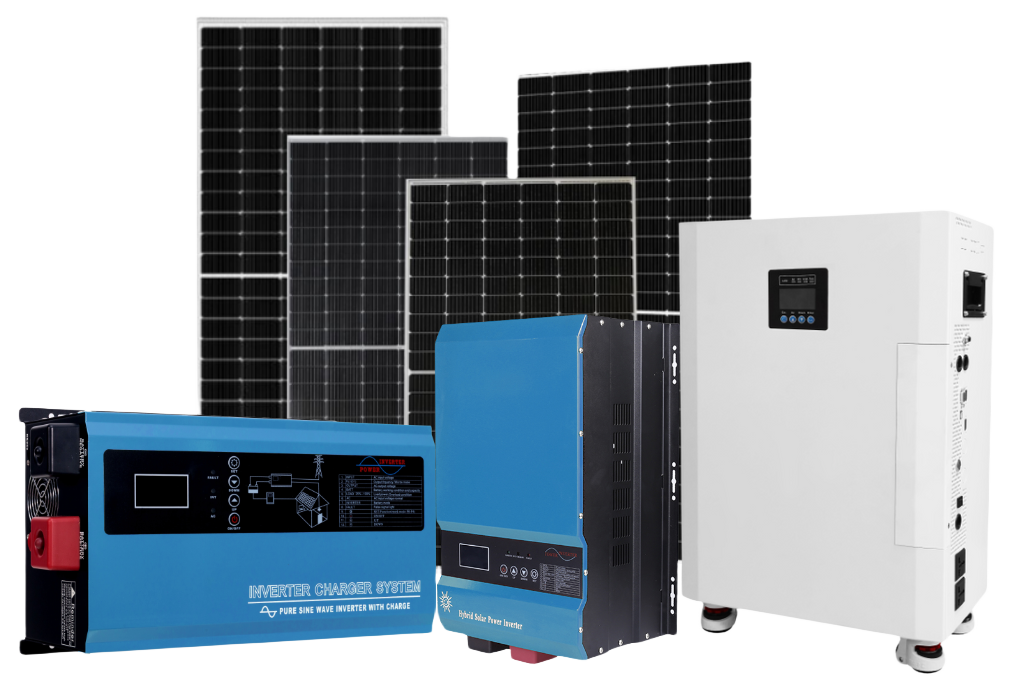If you are interested in the photovoltaic industry, you can follow the News section of our website. We will regularly collect global current affairs news in the industry and share it with you.
Hot 1: 2023: China to Add 230GW, Setting a Record
According to a report by Wood Mackenzie, China’s new solar and wind energy installation capacity this year will reach a record 230GW, approximately three times that of all other countries combined. The report, titled “How China Became a Global Leader in Renewable Energy,” predicts that China’s new solar and wind energy installation capacity in 2023 will greatly exceed Europe’s expected addition of 75GW and the United States’ 40GW.
Alex Whitworth, Vice President and Head of Power and Renewables Research for Asia Pacific at Wood Mackenzie, stated, “In 2020, China announced its carbon neutrality goal for 2060. Since then, China has been quietly restructuring its entire power sector, supporting rapid electrification and the expansion of renewable energy.”
“While some other markets are slowing down their renewable energy goals, China has increased its 2025 wind and solar energy expectations by 43% in just a few years, which is 380GW.”
The report concludes that direct government support for these projects is the driving force behind the new installations and points out that from 2021-2025, the government’s investment commitment to new power grids alone reaches $455 billion, with grid availability being a key limiting factor in many renewable energy markets such as the United States.
Wood Mackenzie expects that this support will lead to a record level of new renewable energy installation capacity this year, higher than 140.6GW in 2022, as shown in the following figure.

https://mp.weixin.qq.com/s/IEvjSqQeWOsa82l_54e9RA
Hot 2: Bahrain Actively Promotes Energy Transition
The Bahrain Electricity and Water Authority recently announced the start of implementing a national energy transformation plan, aiming to increase the proportion of renewable energy generation to 5% of the total power generation by 2025, and further to 20% by 2035.
In recent years, the Bahrain government has placed greater emphasis on sustainable development. In its “2030 Economic Vision,” it proposed goals such as “encouraging investment in carbon emission reduction technology, minimizing environmental pollution, and promoting the development of the renewable energy industry.” Initiatives like the National Renewable Energy Action Plan and the National Energy Conservation Action Plan were launched.
In May this year, the management of Salman Port in Bahrain announced an investment of $10 million to install 20,000 photovoltaic panels on the roofs of port warehouses. Once operational, Salman Port is expected to become the first energy self-sufficient port in the Gulf region. Bahrain also plans to build a solar power station in the Ksar area and install solar power generation systems and electric vehicle charging stations at iconic venues such as the University of Bahrain, Bahrain International Exhibition Center, and Arad Fort Theatre. The Bahraini Minister of Electricity and Water Affairs, Yasser Humaidan, stated that the implementation of these projects aims to help achieve net-zero emissions and promote sustainable economic and social development in Bahrain.
The Bahraini government is also continuously promoting the digital transformation of the renewable energy industry. Recently, the Bahrain Electricity and Water Authority collaborated with the Information & eGovernment Authority to digitalize the entire process of renewable energy applications such as photovoltaic power generation through the unified portal system “Banayat,” helping relevant departments further simplify administrative procedures. For example, applications for the installation of renewable energy equipment in construction projects can be made through this platform. According to statistics, Bahrain has received over 300 applications for the installation of renewable energy equipment in residential, commercial, and industrial projects, with more than 180 of these applications already approved and connected to the national grid.

https://mp.weixin.qq.com/s/xSRrrKxcQXJ22nahoanCJg
Hot 3: EDF and Scatec Africa Win South African Battery Procurement Auction
The South African Department of Mineral Resources and Energy announced that Électricité de France (EDF) will develop a 257 MW battery storage system for three projects, while the South African renewable energy company Scatec Africa will be responsible for developing a 103 MW project.
The South African Department of Mineral Resources and Energy recently announced the selection of 4 projects out of 17 for development as part of the first round of the Battery Energy Storage Independent Power Procurement Program (BESIPPPP).
The projects of the two developers have already started construction at different locations in the Northern Cape Province, the largest and least populated area of the country. EDF will develop a 257 MW battery storage system at three sites, including the 77 MW Oasis Aggeneis project near the Aggeneis substation, the 77 MW Oasis Mookodi project northwest of the Mookodi substation, and the 103 MW Oasis Nieuwehoop project near the Nieuwehoop substation. Scatec, a subsidiary of the Norwegian renewable energy company Scatec, will develop a 103 MW project named Mogobe BESS near the Ferrum substation.
The South African government stated in a press release that once “prices are negotiated,” an “additional eligible” bidder may be designated to participate in the construction of the Gorana substation in the Northern Cape Province. All projects are expected to achieve commercial operation before May 2024.

https://mp.weixin.qq.com/s/_Sm7ovB3tE2eDk8a3qSuVw
Hot 4: Brazil’s Solar Power Generation Reaches 34.9GW, Surpassing Wind Energy in National Energy Structure
According to data from the Brazilian Photovoltaic Solar Energy Association (Absolar), the country’s solar power installed capacity is 34.9GW, currently accounting for 15.8% of Brazil’s energy structure, second only to hydroelectric power at 49%, but surpassing wind power’s 12.2%.
Absolar’s latest statistical data shows that as of October, Brazil’s solar power generation reached 34.9GW, surpassing wind power and accounting for 15.8% of the country’s total power generation.
Hydropower, which once accounted for over 80% of Brazil’s power generation, has now fallen to 49%.
As of November 14, statistics collected by Absolar show that centralized solar power capacity is 10.1GW, and distributed power capacity is 24.7GW.
According to data from the Brazilian regulatory authority Aneel, developers have installed 9.8GW of solar power capacity so far this year, including 3.3GW of centralized power capacity and 6.5GW of distributed power capacity.
























